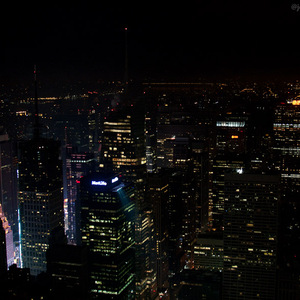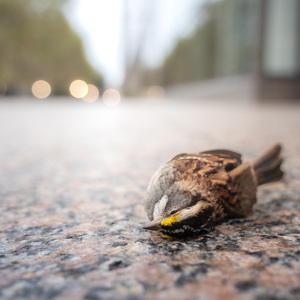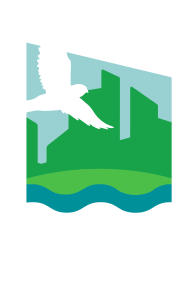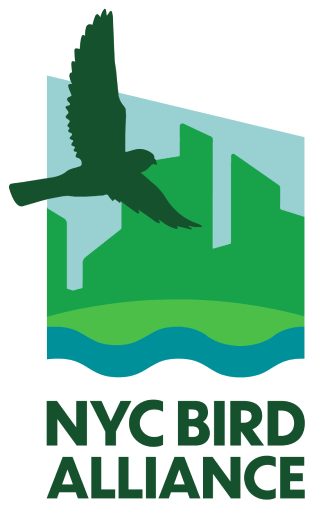Current Advocacy Priorities
The Jacob K. Javits Center green roof is the city's largest and provides habitat for over 50 bird species. With increased tax incentives for buildings to create green roofs, NYC Bird Alliance hopes to increase their installations throughout the City. Photo: NYC Bird Alliance
With over 40 years of advocacy history, NYC Bird Alliance focuses on legislation and action to protect birds and their habitats across the five boroughs. Our current priorities include passing Lights Out legislation, promoting green infrastructure, protecting Jamaica Bay, and conserving local biodiversity.

Turning off artificial nighttime lighting helps protect night-migrating birds, keeping them on their natural migration paths. Photo: John Deguzman
Artificial Light at Night
Birds rely on natural light cues for migration, navigation, communication, and reproduction. Artificial light pollution can disrupt these behaviors and cause negative consequences for their survival and well-being. TAKE ACTION: Help pass Lights Out legislation.

White-throated Sparrow that collided with a building. Photo: Winston Qin
Bird-friendly Buildings
Birds can't detect clear glass as a barrier. Instead, they see reflections of sky and surrounding habitat. Window collisions kill over 1 billion birds every year in the United States. TAKE ACTION: Help pass the FLACO Act.
Kingsland Wildflowers Green Roof atop Broadway Stages in Greenpoint, Brooklyn. Photo: NYC Bird Alliance.
Green Roofs and Infrastructure
The greatest global threat to birds is habitat loss and degradation. Over 300 species of birds—almost a third of all the species in North America—travel through NYC each year and depend our urban habitat for resources.

“Franchise Freedom,” a drone light show featuring 1,000 light-bearing drones, illuminates the New York City skyline. Photo: Arjen Van Eijk
Drone Light Shows
Drone shows—spectacles of artificial light, often held in otherwise previously dark skies—can be detrimental to birds if not timed or sited correctly. NYC Bird Alliance is working to better understand the effects of these new public art displays and limit their threat to the City’s wild birds.



